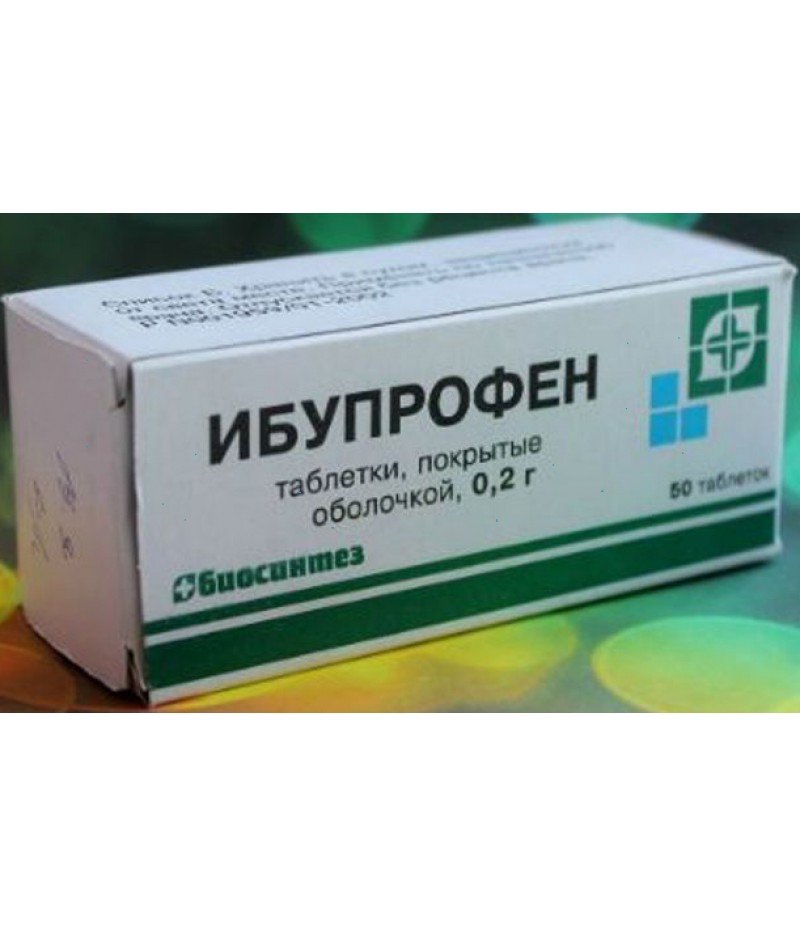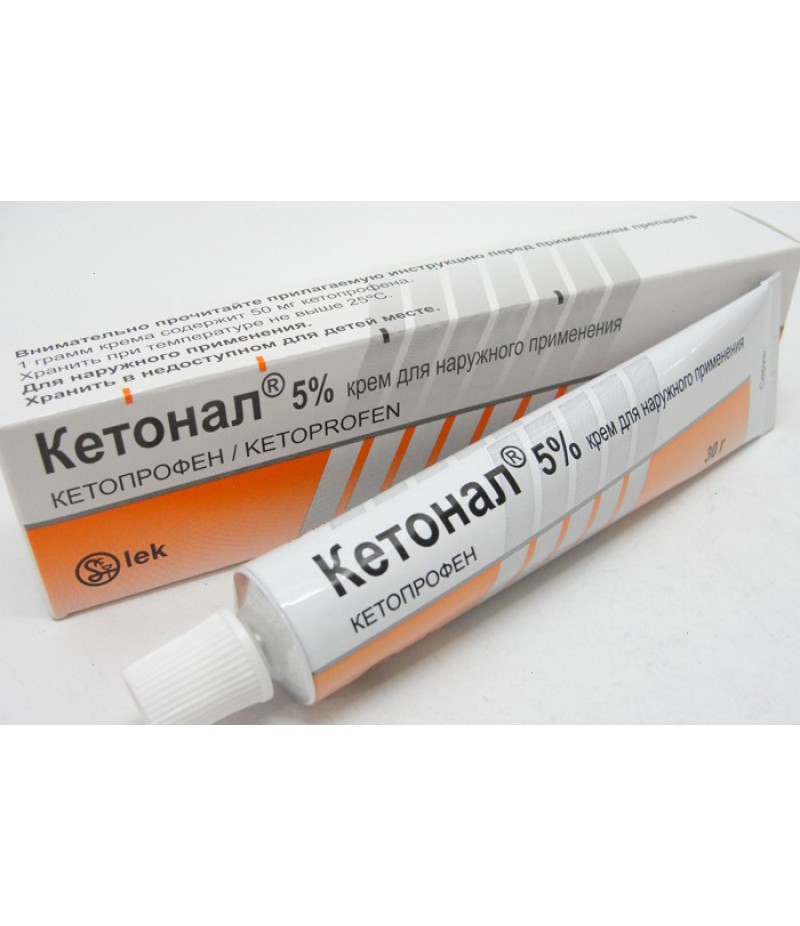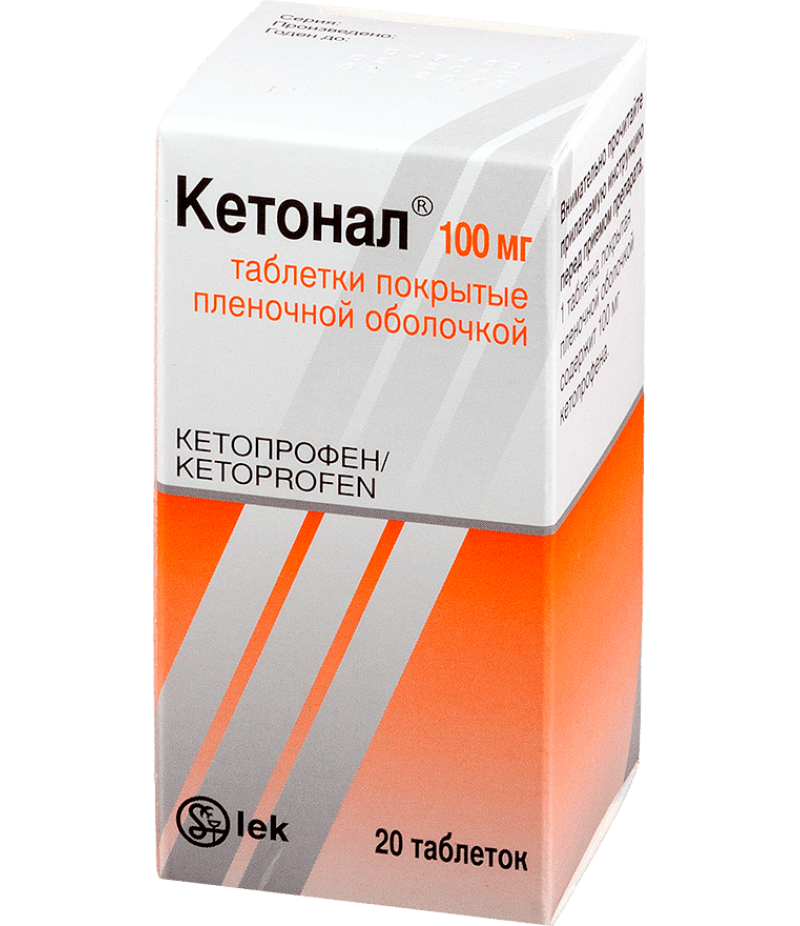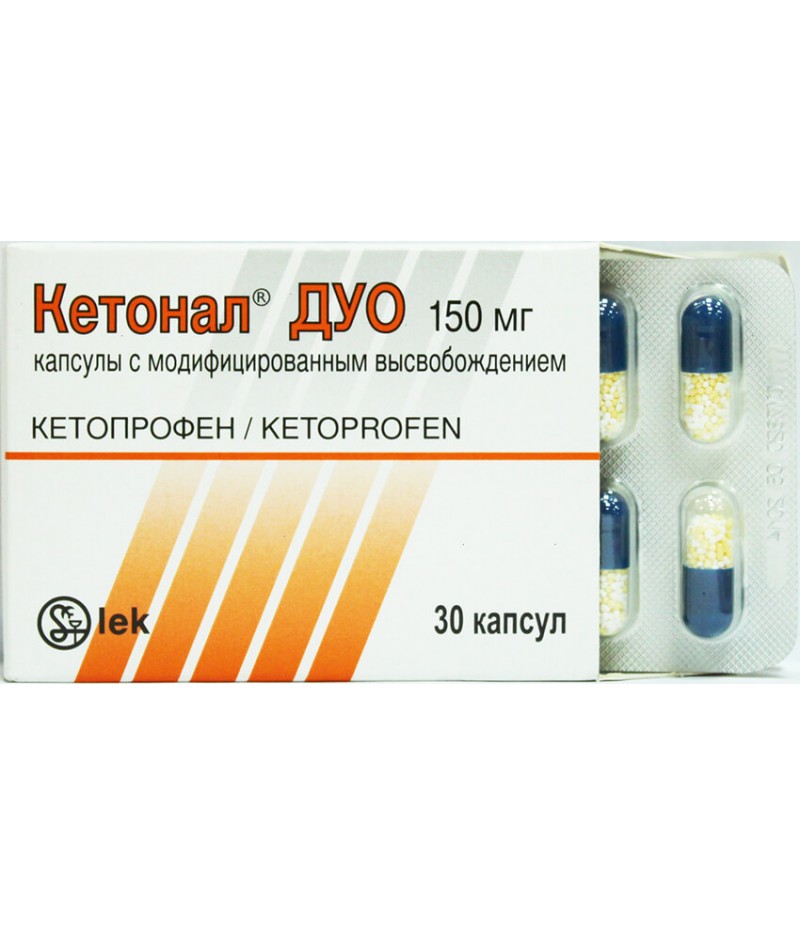Nalgesin Forte tabs 550mg #20
- $23.33
- 3 or more $22.99
- Availability:In Stock
Nalgesin Forte user manualYou can buy Nalgesin Forte hereSee also - NalgesinComposition1 tablet, film-coated, contains:CORE:Active substance: Naproxen sodium 550 mg.Auxiliary substances: in appearance it is microcrystalline cellul..
Tags: tabs
Nalgesin Forte user manual
You can buy Nalgesin Forte here
See also - Nalgesin
Composition
1 tablet, film-coated, contains:
CORE:
Active substance: Naproxen sodium 550 mg.
Auxiliary substances: in appearance it is microcrystalline cellulose, talc, magnesium stearate, purified water.
Sheath: YS-I-4216 opahedra colorant (this ready-to-use blend of titanium dioxide (171), macrogol, indigo carmine dye (E 132), and hypromellose.
Description: oval biconvex tablets with a risk on one side, covered with a film coating of blue color.
Pharmacotherapeutic group is a non-steroidal anti-inflammatory drug.
ATX code: M01AE02
Pharmacological properties.
Nalgesin forte, is a drug naproxen, has analgesic, antipyretic and anti-inflammatory effect. The mechanism of action is associated with a non-selective inhibition of cyclooxygenase 1 and 2 (COX-1, COX-2) activity. The film-coated tablets, Nalgesin forte, dissolve well, are rapidly absorbed from the gastrointestinal tract and provide a rapid onset of the analgesic effect.
Pharmacokinetics
Absorption from the gastrointestinal tract - fast and complete, bioavailability - 95% (eating practically does not affect either the completeness or the rate of absorption). The time to reach the maximum concentration is 1-2 hours, the connection with plasma proteins> 99%, the half-life is 12-15 hours. Metabolism is in the liver to dimethylnaproxen with the participation of the CYP2C9 enzyme system. Clearance - 0.13 ml / min / kg. It is excreted 98% by the kidneys, 10% of them are excreted unchanged; with bile - 0.5-2.5%. The equilibrium concentration is determined by taking 4-5 doses of the drug (2-3 days). With renal failure, metabolites can be accumulated.
Indications for Nalgesin forte
• Diseases of the musculoskeletal system (rheumatoid arthritis, psoriatic, juvenile chronic arthritis, ankylosing spondylitis (Bechterew's disease), gouty arthritis, rheumatic soft tissue damage, osteoarthrosis of the peripheral joints and spine, including radicular syndrome, tendovaginitis, bursitis),
• Pain syndrome of mild or moderate severity: neuralgia, ossalgia, myalgia, lumboschialgia, posttraumatic pain syndrome (sprains and bruises), accompanied by inflammation, postoperative pain (in traumatology, orthopedics, gynecology, maxillofacial surgery), headache, migraine, algodismenorea , adnexitis, toothache.
• In the complex therapy of infectious and inflammatory diseases of the ear, throat, nose with severe pain syndrome (pharyngitis, tonsillitis, otitis).
• Feverish syndrome with "colds" and infectious diseases. Nalgesin forte is used for symptomatic therapy (to reduce pain, inflammation and reduce elevated body temperature) and does not affect the progression of the underlying disease.
Contraindications
• Hypersensitivity to naproxen or naproxen sodium; with anamnestic data on an attack of bronchial obstruction, rhinitis, urticaria after taking acetylsalicylic acid or other NSAIDs (complete or incomplete acetylsalicylic acid intolerance syndrome - rhinosinusitis, urticaria, polyps of the nasal mucosa, asthma);
• Period after aortocoronary bypass surgery;
• Erosive-ulcerative changes in the gastric mucosa or duodenum, active gastrointestinal bleeding;
• Inflammatory bowel disease, in the phase of exacerbation (Nonspecific ulcerative colitis (NJC), Crohn's disease);
• Cerebrovascular bleeding or other bleeding and haemostasis disorders;
• Severe hepatic insufficiency or active liver disease;
• Severe renal failure (creatinine clearance less than 20 mL / min), including confirmed hyperkalemia, progressive kidney disease;
• Oppression of bone marrow hematopoiesis;
• Pregnancy, the period of breastfeeding;
• One Nalgesin forte tablet contains 550 mg of naproxen, so the drug is not recommended for children and adolescents under 15 years of age.
With caution: coronary heart disease, cerebrovascular disease, congestive heart failure, dyslipidemia / hyperlipidemia, diabetes mellitus, peripheral arterial disease, smoking, creatinine clearance less than 60 ml / min; anamnestic data on the development of gastric ulcerative lesions, the presence of Helicobacter pylori infection, old age, prolonged use of NSAIDs, frequent alcohol consumption, severe physical illness, concomitant therapy with anticoagulants (eg, warfarin), antiplatelet agents (eg acetylsalicylic acid, clopidogrel), oral glucocorticoids (eg, prednisolone), selective serotonin reuptake inhibitors (eg, citalopram, fluoxetine, paroxetine, sertraline). To reduce the risk of developing adverse events from the gastrointestinal tract, the minimum effective dose should be used as little as possible. Children younger than 16 years of age, the drug is prescribed only on the advice of a doctor.
Pregnancy and lactation
Nalgesin forte is not recommended for use during pregnancy and lactation.
Dosing and Administration
Inside. Follow the doctor's instructions strictly. You should not stop treatment or change your dosage without first consulting a doctor. Ask the doctor the duration of the drug.
Recommended therapy scheme
The usual daily dose used to relieve pain is 1-2 tablets (550 - 1100 mg).
With very severe pain and no history of gastrointestinal diseases, a doctor can increase the daily dose to 3 tablets (1650 mg), but not more than 2 weeks. When using the drug as an antipyretic agent, the initial dose is 1 tablet (550 mg), then 1A tablet (275 mg) is taken every 6-8 hours. To prevent migraine attacks, 1 tablet (550 mg) is recommended twice a day. However, treatment should be discontinued if the frequency, intensity and duration of migraine attacks do not decrease within 4-6 weeks. At the first signs of a migraine attack, you should take \ Ug tablets (825 mg), and if necessary 1/2 - 1 tablet (275 - 550 mg) after 30 minutes.
For the relief of menstrual pains and spasms, pain after injection of the IUS (intrauterine spirals) and other gynecological pains (adnexitis, childbirth as an analgesic and tocolytic agent), it is recommended that the drug be administered at an initial dose of 1 tablet (550 mg), then 1/2 tablets (275 mg) every 6-8 hours.
With an acute gout attack, the initial dose is 11/2 tablets (825 mg), then 1 tablet (550 mg) after 8 hours, and then 1/2 tablet (275 mg) every 8 hours until the seizure stops.
In rheumatoid diseases (rheumatoid arthritis, osteoarthritis and ankylosing spondylitis), the usual initial dose of the drug is from 1-2 tablets (550-1100 mg), twice daily in the morning and in the evening. The initial daily dose of 1/2 (825 mg) - 3 tablets (1650 mg) is recommended for patients with severe night pain and / or severe morning stiffness, patients transferred to treatment with naproxen sodium with high doses of other non-steroidal anti-inflammatory drugs, and patients , in which pain is a leading symptom. Usually the daily dose is 1 tablet (550 mg) - 2 tablets (1100 mg), administered in two divided doses.
Morning and evening doses may not be the same. With the consent of the attending physician, you can change them depending on the prevalence of symptoms, i.e. night pain and / or morning stiffness. If you get the impression that the effect of the drug is very strong or weak, inform your doctor or pharmacist.
Side effect
Side effects are most frequent when using high doses of Nalgesin forte:
- from the digestive system: constipation, abdominal pain, indigestion, nausea, diarrhea, ulcerative stomatitis, erosive and ulcerative lesions and bleeding of the gastrointestinal tract, increased activity of "liver" enzymes, impaired liver function, jaundice, bloody vomiting, melena;
- Central nervous system: hearing loss, dizziness, headache, drowsiness, depression, sleep disorders, inability to concentrate, insomnia, malaise, myalgia and muscle weakness, slowing reaction rate, aseptic meningitis, cognitive dysfunction;
- from the skin: itching, ecchymosis, excessive sweating, purpura, alopecia, photodermatosis;
- On the part of the sense organs; tinnitus, visual impairment, hearing impairment;
- From the side of the cardiovascular system: puffiness, shortness of breath, palpitations, congestive heart failure, vasculitis;
- On the part of the genitourinary system: glomerulonephritis, hematuria, interstitial nephritis, nephrotic syndrome, renal failure, renal papillary necrosis, menstrual irregularities;
- from the hemopoietic organs: eosinophilia, granulocytopenia, leukopenia, thrombocytopenia, aplastic anemia;
- from the respiratory system: eosinophilic pneumonitis;
- allergic reactions; skin rashes, hives, angioedema, epidermal necrosis, erythema multiforme, Stephen-Johnson syndrome;
- Others: thirst, hyperthermia, hyperglycemia, hypoglycemia, increases bleeding time, hemolytic anemia.
If you notice such a phenomenon, stop taking the medication and, if possible, consult your doctor.
Overdose
A significant drug overdose can be characterized by drowsiness, dyspeptic disorders (heartburn, nausea and vomiting, abdominal pain), weakness, tinnitus, irritability, in severe cases - bloody vomiting, melena, impaired consciousness, convulsions and kidney failure).
A patient who has accidentally or intentionally taken a large amount of Nalgesin forte should wash his stomach and conduct symptomatic therapy: activated charcoal, antacids, h2 receptor blockers, proton pump inhibitors. Hemodialysis is ineffective.
Interactions with other drugs
In the treatment of anticoagulants should be borne in mind that naproxen can increase the time of bleeding. Do not use the drug simultaneously with other NSAIDs (increased risk of side effects). Patients who simultaneously receive hydantoins, anticoagulants, or other medications that bind to a large extent with plasma proteins should monitor signs of potentiation of the action or overdose of these drugs. The preparation Nalgesin forte can reduce the antihypertensive effect of propranolol and other beta-blockers, and may increase the risk of renal failure associated with the use of ACE inhibitors. Under the action of naproxenum, natriuretic action of furosemide is inhibited. Inhibition of renal clearance of lithium leads to an increase in the concentration of lithium in the plasma. The use of probenecid increases the level of naproxen in plasma. Cyclosporine increases the risk of developing kidney failure. Naproxen slows the excretion of methotrexate, phenytoin, sulfonamides, increasing the risk of developing their toxic effects. Antacid preparations containing magnesium and aluminum reduce the absorption of naproxen. It is necessary to inform your doctor if you suffer from other illnesses or allergies, or take any other medicines (including over the counter medicines).
special instructions
Do not exceed the dosage indicated in the instructions. To reduce the risk of developing adverse events from the gastrointestinal tract (GIT), a minimum effective dose should be used with the minimum possible short course. If pain and fever persists or worsens, you should consult your doctor. Patients with asthma, with blood clotting disorders, and also patients with hypersensitivity to other analgesics before taking Nalgesin forte should consult a doctor. Caution should be given to patients with liver disease and kidney failure. In patients with renal insufficiency, it is necessary to monitor the level of creatinine clearance. At a creatinine clearance level below 20 ml / min: naproxen is not recommended. In chronic alcoholic and other forms of cirrhosis, the concentration of unbound naproxen increases, therefore, such patients are recommended lower doses. Nalgesin forte should not be taken with other anti-inflammatory and analgesic drugs, except for doctor's prescriptions. Older patients are also recommended lower doses.
You should avoid taking naproxen within 48 hours before surgery. If it is necessary to determine 17-corticosteroids, the drug should be discontinued 48 hours before the test. Similarly, naproxen may affect the determination of 5-hydroxyindoleacetic acid in the urine.
The use of naproxen, as well as other drugs that block the synthesis of prostaglandins, can affect fertility, so it is not recommended for women who want to become pregnant. Each Nalgesin Fort 550 mg tablet contains approximately 50 mg of sodium. If you limit salt intake, this must be taken into account.
Influence on ability to drive and other mechanisms
Naproxen slows the reaction rate in patients. This should be taken into account when driving a car and performing tasks that require special attention.
Form of issue
Film-coated tablets, 550 mg.
10 tablets in a blister pack. 1 blister in a cardboard box along with instructions for use.
Storage conditions
Store at a temperature not exceeding 25 ° C. Keep out of the reach of children.
Shelf life - 5 years.
Do not use after the expiration date.
Conditions of leave from pharmacies
To buy Nalgesin forte yo udon't need a prescription from the doctor.









